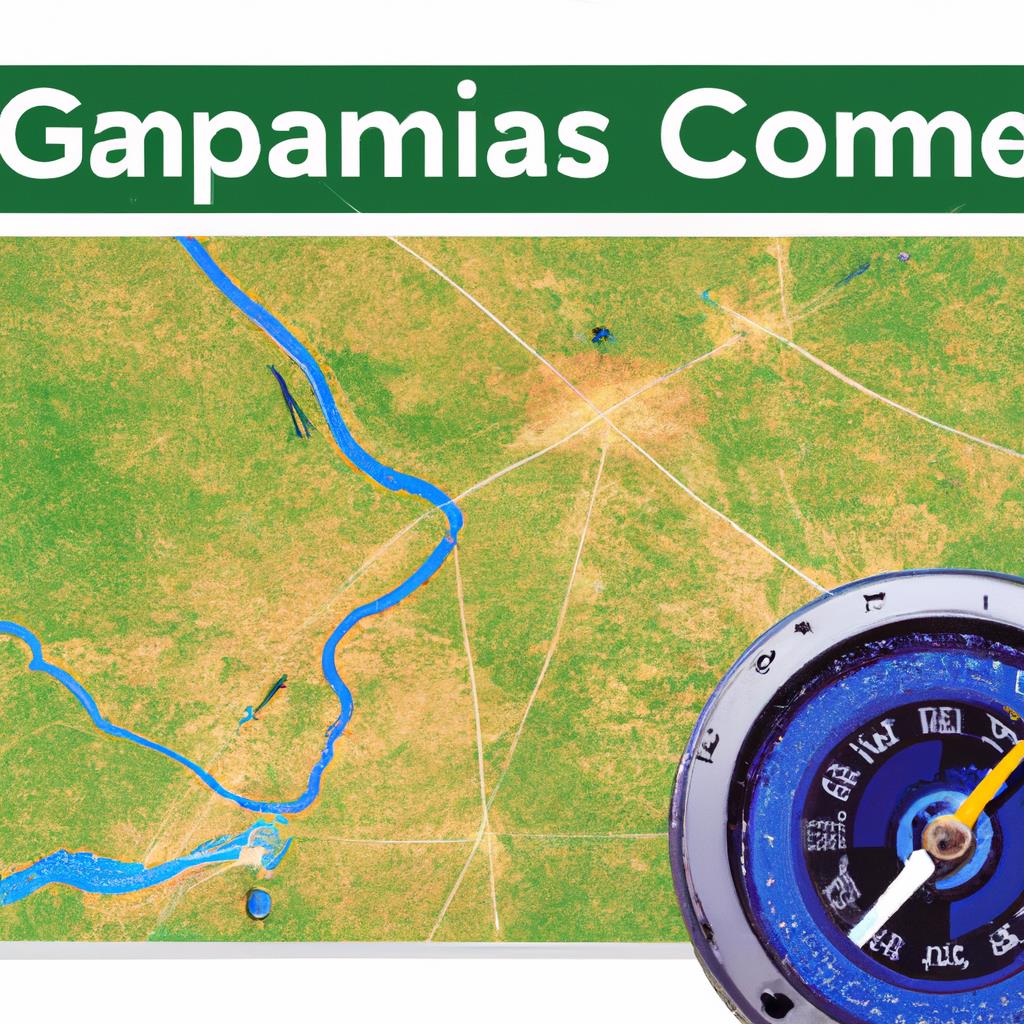When it comes to tenting and camping, navigating your way around a site can be crucial for a successful and enjoyable trip. Using a compass and map to navigate a tenting site is a valuable skill that can help you find your way back to your tent, locate landmarks, and explore the surrounding area. Here are some tips on how to use a compass and map effectively when tenting.
1. Familiarize yourself with the map:
Before heading out to your tenting site, take some time to carefully study the map of the area. Identify key landmarks, such as rivers, roads, and mountains, that can help you orient yourself. Familiarize yourself with the symbols and legends on the map to understand the terrain and topography of the site.
2. Orient the map:
Once you are at the tenting site, use your compass to orient the map in the right direction. To do this, place the compass on the map with the direction of travel arrow pointing towards the top of the map. Rotate the map and compass together until the magnetic needle aligns with the magnetic north arrow on the compass. This will ensure that the map is pointing in the same direction as the actual terrain.
3. Determine your location:
Use your compass to determine your current location on the map. To do this, find a landmark that you can see in the distance and identify it on the map. Use the compass to take a bearing from the landmark to your position. This will help you pinpoint your location on the map and plan your route accordingly.
4. Plan your route:
Before setting off on a hike or exploration around the tenting site, plan your route on the map. Identify key points of interest that you want to visit and mark them on the map. Use your compass to determine the direction and distance between each point to create a route that you can follow easily.
5. Follow your compass:
As you navigate around the tenting site, use your compass to stay on course. Keep track of your bearings and make adjustments as needed to ensure that you are heading in the right direction. Pay attention to landmarks and features on the map to confirm that you are on the right track.
6. Use landmarks for navigation:
While using a compass and map is essential for navigation, it is also important to use landmarks as visual references. Look for distinctive features in the landscape, such as rock formations, trees, or streams, that can help you stay oriented. Use these landmarks to confirm your position on the map and guide your movements around the tenting site.
7. Practice navigation skills:
To become proficient in using a compass and map for navigation, practice your skills regularly. Take short hikes or walks around the tenting site and challenge yourself to find your way using only the map and compass. Experiment with different techniques and strategies to improve your navigation abilities.
8. Stay safe:
When navigating a tenting site with a compass and map, always prioritize safety. Be aware of your surroundings and potential hazards, such as steep cliffs, rocky terrain, or inclement weather. Carry a first aid kit, water, and other essential supplies with you at all times, and let someone know your planned route and expected return time.
By using a compass and map to navigate a tenting site, you can enhance your outdoor experience and explore the natural surroundings with confidence. With practice and preparation, you can develop your navigation skills and discover new adventures in the great outdoors.


leave a comment